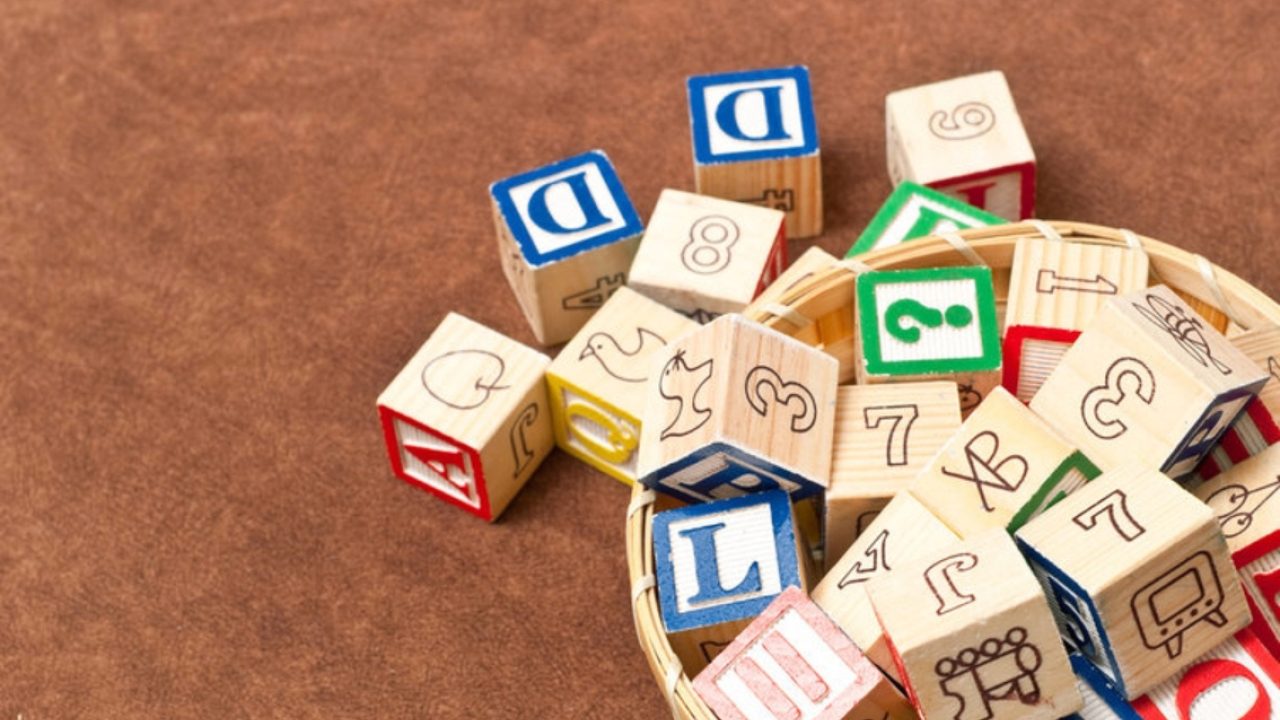Enhancing Learning With a Sense of Wonder

I would rush ahead so I could see their faces as they approached the magnificent view of the place we were visiting outdoors. I watched their lit-up faces and cries of ‘wow’ and the pure joy and amazement at the view. They were captivated by all that the natural world had to offer and I learnt from these experience that captivation leads to the desire for deeper understanding. Learners approach the world with a wide-eyed sense of wonder, constructing meaning from every new experience. Maintaining that sense of wonder can be challenging. Therefore, it is the primary responsibility of every educator to create space in our classrooms and our day for this wonder. We need to let them know that their questions are not only valued as important but have a place in our classrooms and school. Enhancing a learner’s sense of wonder does not require a lot of effort but doing less of what doesn’t matter and more of what does. Quick, simple activities can make a big difference.
What can we do to cultivate a sense of wonder?
We need to encourage all learners to ask questions and seek answers and to know that life is not always about having the right answers. Every learner in the class should be provided with opportunities for questioning. It is beneficial for the educator to talk about the connections between things to the learners. We all know that conversations with learners burst with questions. By building instruction around learners' questions, we can create buy-in and excitement around learning. Let learners get a chance to test their ideas and provide evidence for why they did or did not work. It's important to not only allow learners a chance to ask their questions, but also give them a chance to find answers. Allowing learners a chance to ask questions, form theories, and test their ideas helps to build independent and engaged problem solvers. We can embrace curiosity by giving learners choices when designing their assignments and problem-solving approaches. But the most effective strategy of all may be modeling your own curiosity about the world. By thinking aloud about your wonderings, you can motivate learners to investigate the unknown and encourage lifelong learning.
Learners seem instinctively attuned to the wonders of nature. Learners learn best by interacting with things that are meaningful to them. When we are encouraged to pursue the things we love, we develop an investment and appreciation for our learning. As educators, part of our job is encouraging learners to follow their passion and another part is helping learners find their passion. The most effective educators help develop learners who go curiously into the world around them, finding joy in places they would have never imagined. The challenge is to create a learner-centered learning environment in which to design and implement meaningful, project-based, reality-based opportunities for learners. As a result, they would develop intellectual skills and acquire content knowledge while seeing real meaning in what they do.
Children’s books are very powerful in developing a great source of wonder by stimulating creativity and imagination. Good books allow learners to suspend disbelief, explore new worlds, and meet amazing characters. Chosing beautifully illustrated non-fiction books helps learners to discover the wonders of science, history, and nature. When you dive into high-quality children’s fiction, it arouses imagination and encourages deeper thinking, sparking your learner’s intellectual curiosity.
Stay up to date
Subscribe to the free GESS Education newsletter and stay updated with the latest insights, trends, and event news every week. Your email address will remain confidential


